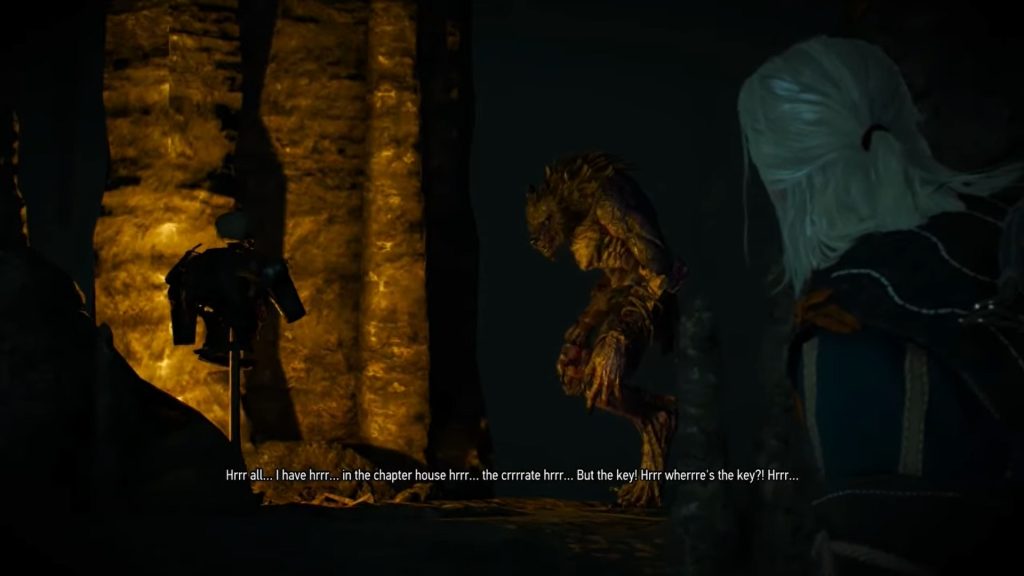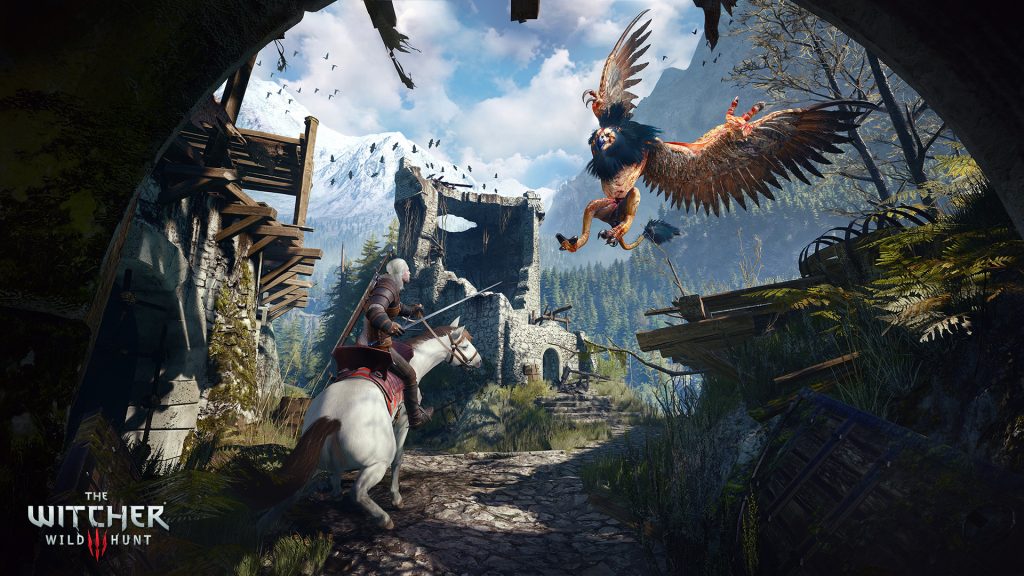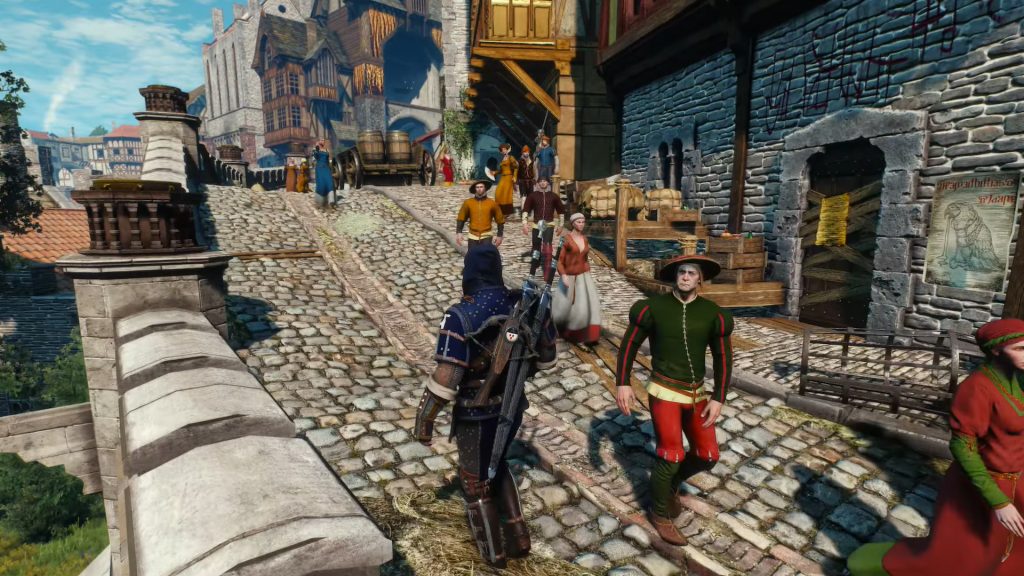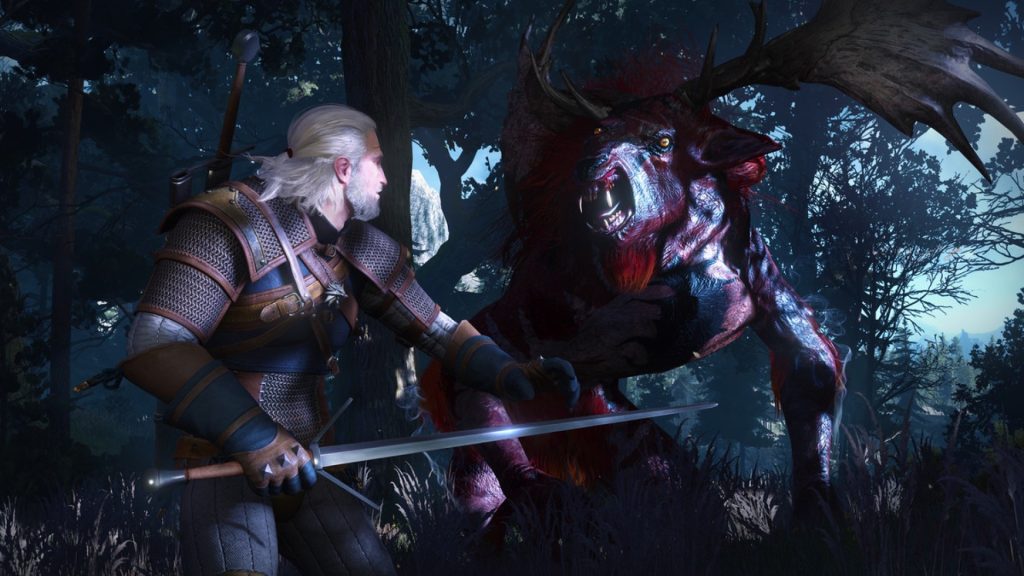The Witcher 3 in 2025 – A Stunning RPG Experience 10 Years On
It’s hard to believe for many of us but 2025 marks the 10 year anniversary of CD Projekt Red’s seminal RPG, The Witcher 3. While there’s been plenty of open-world RPGs since that’ve provided excellent experiences, there’s still a special quality inherent in The Witcher 3 that continues to delight players today. Every facet of the game just works so brilliantly together, forming a cohesive RPG experience that cannot be replicated. Let’s explore what made The Witcher 3 so enthralling with this in-depth retrospective.
Before The Witcher 3, side quests in RPGs often existed as throwaway busywork to provide levelling experience and a small smattering of flavor lore to the game world. The Witcher 3 turned the concept of a side quest on its head by giving them the same level of importance and quality as the main storyline. Side quests in The Witcher 3 span the gamut of in-depth character arcs, geo-political upheavals, tying up loose ends to Geralt’s past, and the smaller moments that are no less lovingly crafted. And then there’s stuff that is just so quintessentially ‘Witcher’ like the Morkvang werewolf curse quest, which of course gives the player a choice to make affecting the outcome of Morkvang and the inhabitants of the village.

Some of the best-portrayed scenes I’ve seen in a game take place within The Witcher 3‘s side quests. The best part is the player has a legitimate say in which quest they want to see come to fruition. The interactions between these characters feel effortlessly natural – something very rare in an RPG. And the payoff is surprisingly wholesome and satisfying.
Continuity between the novels and lore is also something that is done very well throughout The Witcher 3’s side quests. There’s even a quest, The Last Wish, which echoes the subject matter and title of one of the most beloved Witcher novels. I admit to being a total Witcher newcomer when I first played The Witcher 3 back in 2019 or so, and yet, all of that prior history and lore felt absolutely riveting and atmospheric to me when I stumbled upon it. I felt like a fish out of water to some extent – flooded to the gills with prior happenings and reignited friendships that I knew nothing about. Yet, the world-building and natural exposition of it all made me feel like I was exploring a real fantasy world that had a history and life of its own, regardless of my participation.
Towns and cities have long been a benchmark of worldbuilding in RPGs. I personally hold Final Fantasy IX’s Lindblum as one of the best examples of a lived-in fantasy city that manages to further immerse us into the game’s world. It would take an entire book to chronicle the history of well-realized video game towns, so instead let’s hone in on one of the best – Novigrad.

I’d be remiss not to mention how perfect CD Projekt Red portrayed Novigrad’s density. Sure, the total surface area of Novigrad isn’t as groundbreaking as any town in, say, Daggerfall or well, any of the cities featured in recent Assassin’s Creed games. But size isn’t the be all end all of quality. No, as we’ve seen with plenty of other open-world games, a map can be as big as an ocean yet feel as deep and interesting as a puddle. Density and what is done with said density is what really makes a space come alive.
Novigrad feels like an authentic medieval city due to the level of sheer detail and attention to variety around ever street corner. Like CD Projekt Red’s other impressive cityscape, Night City, Novigrad doesn’t feel like it has copy and pasted elements; there’s an undeniably organic layout to its alleyways and tight corridors. Yes, some buildings are identical to others in their dimensions, but the decorations and embellishments help individualize them, instilling a ‘humanness’ to the place. The set design of Novigrad makes one feel lost in a gritty medieval cityscape. Novigrad, and the other smaller towns in The Witcher 3 to a lesser extent, feels lived-in and alive.
Of course, people contribute to that sensation of liveliness to a significant extent. Novigrad doesn’t disappoint in this respect, with pedestrians going about their business and filling out the busy cobblestone streets in a believable way. Yes, the sheer amount of NPCs populating an area helps sell the sense of liveliness, but it’s really the variety of character models, clothing, animations, and even voices that really make The Witcher 3‘s towns feel believable.

NPC faces and voices within The Witcher 3’s towns don’t repeat often, helping to avoid the uncanny valley sensation that many open-world games suffer from (I’m looking at you, Oblivion). NPCs will often talk about an ailment plaguing them or rant about the state of the world. And nothing feels more like The Witcher than a bitter pedestrian hollering at Geralt to leave them in peace and cause trouble somewhere else. The Witcher 3 set a standard for open-world games with its believable NPC behavior and attention to detail for the voice and outfits of minor incidental characters. And Novigrad is the creme-de-la-creme of The Witcher 3’s lived-in realism that still captures player’s imaginations to this day.
The core combat doesn’t hold up quite as well as The Witcher 3‘s rich story axis, but the emphasis on monster weaknesses and alchemy does have its charms. When played on harder difficulties, it is required to look through the bestiary for specific monster vulnerabilities and ways to approach certain fights. In this way, The Witcher 3 successfully translates the essence of a witcher’s vocation into its beast-hunting gameplay. Applying the right poisons and potion mixes is vital before fights on harder difficulties, contrasting the more arcady combat feel of easier difficulties. I admit I’m not exactly ecstatic about The Witcher 3‘s swordplay; the lack of combo and weapon variety just isn’t comparable to other RPGs. However, the skill tree and strategic weakness-based gameplay is satisfying in its own unique, purely Witcher, way. My preferred playstyle is a sign-focused build. The mind manipulating Axii sign is a treat to experiment and have fun with. Whenever I got sick of swinging my silver sword and dodging attacks, turning an alghoul to fight on my side never got any less entertaining.

Supplementing the combat is all the potions and weaponry Geralt can have crafted. I love when a rich open-world game renders looting worthwhile, and in this The Witcher 3 succeeds. There’s a ton of stuff to loot, between the many monster corpses you find to junk sitting at the bottom of alleyway barrels. The many armors and bombs that can be made from these materials makes exploring that much more fun. The Witcher 3, while not having the most remarkable armor selection, does feature some really cool looking armors for Geralt to don, such as the intricate Kaer Morhen set.
The Witcher 3 is not a perfect game without faults, but it executes what it sets out to do amazingly well and remains unparalleled today. The worldbuilding is top-notch thanks to the bevy of voice talent animating the well-realized characters and the fantastic environmental design. Making each quest meaningful and unique renders every new discovery and character interaction something the player can eagerly look forward to. The Witcher 3 is a masterclass in world design and quest quality, something that requires that unique human touch around every corner to make it feel alive. We won’t get another experience like The Witcher 3 with intriguing NPCs and quests. In today’s AI-accelerated world, The Witcher 3 shines as an example of what detail-oriented craft can produce, and 10 years later, it’s still one of the best of its kind.
Note: The views expressed in this article are those of the author and do not necessarily represent the views of, and should not be attributed to, GamingBolt as an organization.


Comments are closed.